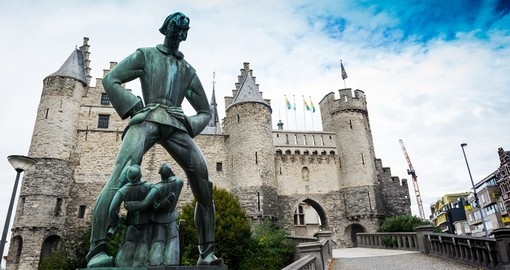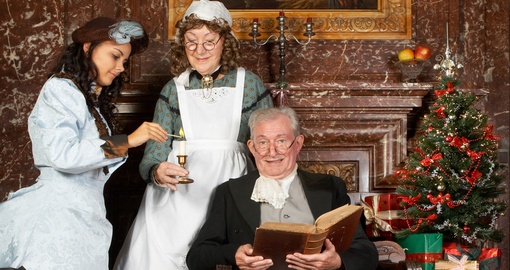Belgium History
Approximately 20,000 years ago, a modern man came to Belgium. Initially, hunters and gatherers, by around 2,600 BC agricultural practices developed, as did mining. In 57 BC, Caesar’s army invaded Belgium and the country remained under Roman control for the next 500 years.
When the Roman Empire began to fall in the 5th century, it was the Germanic Franks who was next to take over Belgium. The country was divided by language with areas in the north adopting the German language while the south remained with Latin.
During the 12th and 13th centuries, the first Belgian towns began to emerge. Places like Ypres, Bruges and Ghent expanded as a result of the trade that developed across northern Europe. Such trade allowed these cities to garner a great deal of wealth and merchant ships docked in Bruges brought goods from all over. By 1340, Ghent had become the second largest city in Europe after Paris.
Under the reign of Holy Roman Emperor Charles V, Belgium became an incredibly urbanized region. Antwerp emerged as the main port allowing the city to become an important financial and commercial centre. The Protestant Reformation was spreading through Europe and came to Belgium during Charles’ reign. Charles V was a staunch Catholic who greatly opposed the Reformation. As a result, in 1550, he issued the Edict of Blood that saw “heretics” charged with the death penalty.
Charles’ son Philip continued to defend Catholicism causing a Protestant revolt in 1566. The years that followed were difficult and resulted in the Revolt of the Netherlands in which the modern borders of Belgium, Luxembourg and the Netherlands were designated.
In 1581, the Low Countries of Belgium and the Netherlands came under the power of the Spanish Crown. In 1585, Brussels has named the capital of Belgium, but it was Antwerp that experienced a cultural boost. Unfortunately, the Treaty of Westphalia in 1648 closed part of the Scheldt River to all non-Dutch ships. This meant that Antwerp suffered significantly while Amsterdam flourished.
Life under Spanish rule continued to get tougher for Belgians. As France hoped to expand, several wars were fought in Belgium causing a lot of destruction. This fighting resulted in the War of Spanish Succession from 1701-03, which ended with the Austrians taking control of the Spanish Netherlands. With this change of power, Belgium experienced peace as the Austrians provided a great deal of independence.
In 1794, the French took over the territory again, with their control remaining until Napoleon was defeated at Waterloo in 1815. The Congress of Vienna established the United Kingdom of the Netherlands, incorporating the Netherlands, Belgium and Luxembourg. With this new union, Belgium wasn’t given much political representation. A revolution began in 1830 and by 1831, the Conference of London recognized Belgian independence.
When the First World War broke out, Belgium wanted to be neutral, however, Germany occupied the country. Belgium suffered under the Germans for four years witnessing major conflicts, but after the war, with the Treaty of Versailles, the country was given reparations. Belgium again stated their neutrality in 1936 but the Germans invaded once more during the Second World War. The king surrendered on 10 May 1940, but the government opposed the king’s decision and fled to London to rule in exile. Despite a strong resistance movement, the Belgian Jewish and Roma populations suffered until Belgium was liberated in 1944.
Following the war, public opinion was divided over the king’s decision and he was forced to abdicate in 1951. Belgium began to develop an important role in international politics. In 1958, Brussels became the provisional seat of the European Commission and the Council of Ministers. In 1967, NATO moved to Brussels from France. Today, Belgium hosts strong liberal attitudes and remains an incredibly unique tourist destination with more than sixty World Heritage Sites to visit.
Belgium Travel Information
At Goway we believe that a well-informed traveller is a safer traveller. With this in mind, we have compiled an easy-to-navigate travel information section dedicated to Belgium.
Learn about the history and culture of Belgium, the must-try food and drink, and what to pack in your suitcase. Read about Belgium's nature and wildlife, weather and geography, along with 'Country Quickfacts' compiled by our travel experts. Our globetrotting tips, as well as our visa and health information, will help ensure you're properly prepared for a safe and enjoyable trip. The only way you could possibly learn more is by embarking on your journey and discovering Belgium for yourself. Start exploring… book one of our Belgium tours today!
Get a Trip Quote Order a Brochure



















